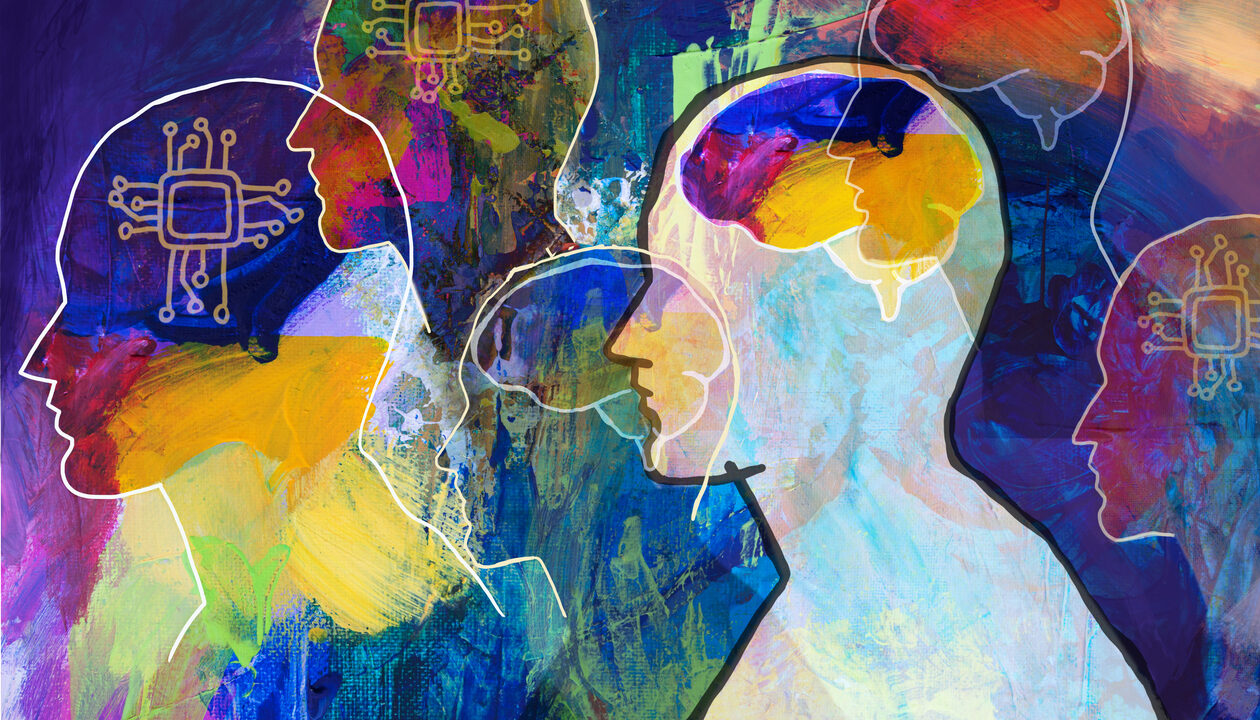How India’s Innovation-led GCCs are Driving the Global Pharma Mandate
While technology and finance have historically dominated India’s Global Capability Centre (GCC) landscape, healthcare and life sciences GCCs are rapidly evolving from support centres into strategic innovation hubs for their global headquarters. These centres now enable end-to-end value across the healthcare and life sciences chain, driving a significant shift in the global healthcare innovation pipeline.
This shift is clearly evident in the growing presence of research centres, data sciences and analytics (DS&A) hubs, and AI-driven innovation centres established over the past few years by global giants such as Bayer, AstraZeneca, Eli Lilly and others.
Let’s now understand how the GCC ecosystem in the healthcare and life sciences space in India has reached its current level of maturity — and where it’s headed next. Amid changing business dynamics and a rapidly evolving technology landscape, a recent report by ANSR charts this transformation.
From Basics to Digital Breakthroughs
The journey began in the 1990s with a focus on cost arbitrage. Initially, GCCs were established to handle back-office services like claims processing and medical transcription, standardising processes for efficiency. By the early 2000s, these centres began building small, disparate capabilities, often operating like BPO partners to address specific needs without a broader organisational strategy. Bayer’s Shared Service Centre, set up in 2005, is an example of this.
In the late 2000s, these centres evolved into multi-capability hubs, taking complete ownership of core business functions like drug development and clinical trials. This marked a significant shift towards value creation. This trend continued from 2010 to 2015, as GCCs began integrating business, technology and corporate functions. They transitioned from delivery units to value-enablement partners, fostering leadership in areas like clinical innovation and digital health. AstraZeneca’s Global Technology Centre in Chennai (2014) is a key example of this integration phase.
From 2016 to 2018, GCCs spearheaded digital transformation by adopting social, mobile, cloud and analytics technologies, attracting top talent and enabling real-time healthcare solutions. Between 2018 and 2020, they advanced into innovation hubs, establishing labs and incubators, leveraging AI/ML and data science, and collaborating with startups and academia to position themselves as equal partners in shaping the industry’s future.
Over the last few years, GCCs evolved into “digital twins” of their headquarters, replicating functions from regulatory intelligence to research analytics, and even housing global leaders for alignment. Bristol Myers Squibb set the tone with a US$100 million innovation hub in Hyderabad, expanding drug development, IT, and digital capabilities. From 2024 onward, the next generation of GCCs is making a qualitative leap by embedding quantum computing and generative AI into drug modeling, diagnostics, and decision support. Sanofi is investing 400 million euros to double its Hyderabad workforce and build its largest global hub, while Evernorth, part of The Cigna Group, is launching its first large-scale centre outside the U.S., focused on AI, analytics, and product development.
Today, modern GCCs in India are running critical functions across the life sciences value chain, from clinical trials and regulatory affairs to supply chain analytics. But the next phase brings new challenges and opportunities. According to an EY analysis, GCCs will need to shift from transactional delivery to outcome-based partnerships, invest in future capabilities like generative AI, bioinformatics and digital health and build agile, multi-disciplinary teams. How they respond will determine whether India cements its role as the global epicentre of life sciences innovation.


















